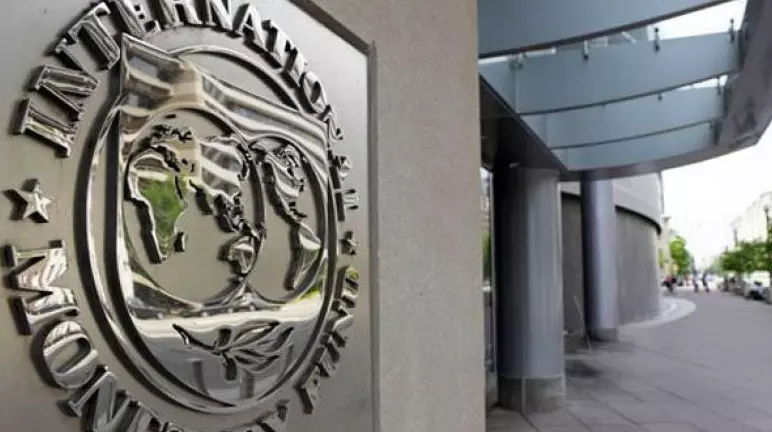India’s CAD to Remain Smaller at 1.4 Pc in FY25: IMF

Chennai: Owing to buoyant services exports and steady oil prices, the IMF projects India’s Current Account deficit to remain smaller than its estimated norm in FY25, but converge to the norm over the medium term. For external rebalancing over the medium term, development of export infrastructure and negotiation of free trade agreements should be accompanied by investment regime liberalization and a reduction in import tariffs, especially on intermediate goods.
India’s external position in FY24 was moderately stronger than the level implied by medium-term fundamentals and desirable policies, suggesting that the Current Account deficit was somewhat smaller than implied by India’s level of per capita income, favourable growth prospects, demographic trends, and development needs. External vulnerabilities stem from weakening demand in some partner countries and potentially volatile global financial conditions and commodity prices.
However, due to buoyant services exports and steady oil prices, the CA deficit is projected to be 1.4 per cent in FY25, smaller than its estimated norm, but will converge to 2.2 per cent over the medium term. According to the IMF, CA deficit of up to 2.5 per cent of GDP is financeable in the medium term by a combination of steady FDI inflows, public and private external borrowing, and portfolio flows, though the latter may remain susceptible to changes in global risk appetite.
The authorities have made some progress in external trade promotion and the liberalization of FDI and portfolio flows, which enabled India’s inclusion in global bond indices, but India’s trade and capital account regimes remain relatively restricted, weighing on both exports and imports.
In the near term, the government’s additional infrastructure spending and strengthening of private consumption will contribute to raising the CA deficit. To facilitate external rebalancing over the medium term, development of export infrastructure and negotiation of free trade agreements, further investment regime liberalization and a reduction in import tariffs, especially on intermediate goods is needed.
Structural reforms should aim at improving the business environment, inducing private investment, deepening integration into global value chains and attracting FDI. Industrial policies should be pursued cautiously, remain narrowly targeted to specific objectives where externalities or market failures prevent effective market solutions, and aim to minimize trade and investment distortions.
Exchange rate flexibility should act as the main shock absorber, with intervention limited to addressing disorderly market conditions.

